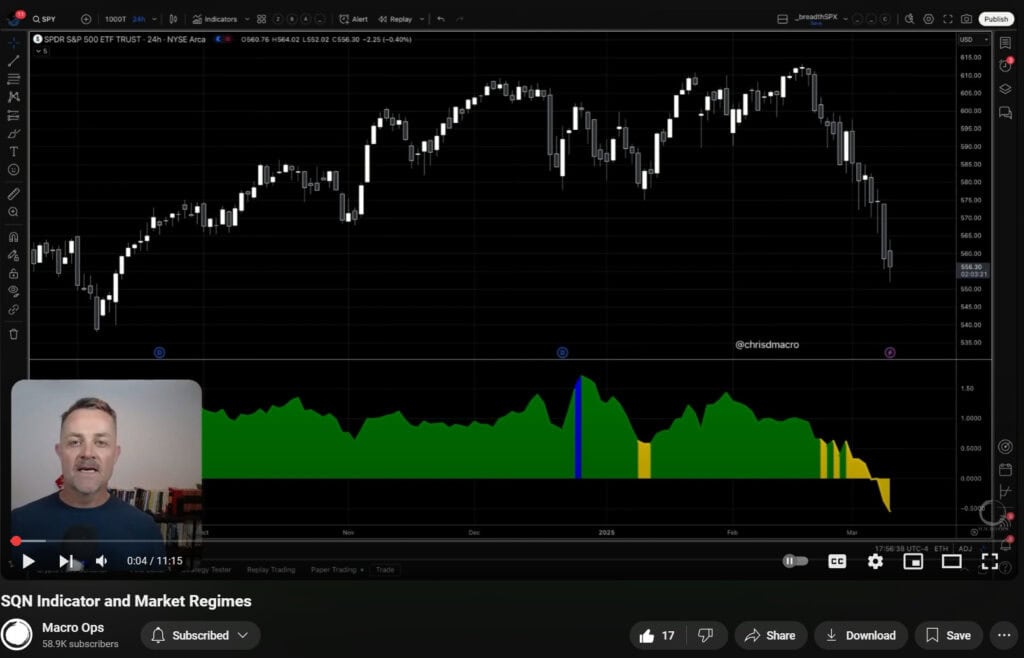Shorting stocks can be very lucrative. But you need to know the ins and outs before you attempt this advanced trading/investing technique. Watch the video below to learn how!
We go over:
- Why you should short
- The differences between shorts and longs
- Trade management techniques for shorts
You can access a PDF version of the presentation here.
You can also find a short write-up on the topics expressed in the video below.
The pain of losing money far outweighs the joy of winning. If you don’t me believe me, imagine buying a penny stock that ran up 1000% in a few years. The $100,000 you invested is now worth $1,000,000. You finally cracked that 7-figure level worthy of major bragging rights. But the very next day, the stock craters on fraud allegations and your account is back to $100,000. How would you feel? Terrible? Most people would feel much worse than if they had never bought the stock in the first place. This is called risk aversion. We suffer from it all the time as investors. But you can avoid this suffering if you learn to profit from the upside AND the downside.
Before I learned to short sell, the only thing that helped me deal with a down market was a stiff pour of Jack Daniels. But once I learned how to profit when blood covered the streets, things changed. I no longer feared the bear. I actually looked forward to it. Learning to short sell stocks relieved the most anxiety out of anything I’ve ever learned as a finance professional.
If you too want to conquer the stress of bear markets, here are the top 10 things you need to know about shorting stocks:
1) Over 40% of stocks in the Russell 3000 have had a PERMANENT 70% decline since 1980.
Yep, that’s not a misprint. J.P. Morgan published eye-opening statistics on just how bad some stocks can perform. We never hear about the losers because of survivorship bias. People like talking about success stories and forgetting about failures.
2) Shorting stocks is playing against the rest of the world.
When you’re short selling stocks you have to understand that the system is designed to promote and support bull markets and rising prices. Banks, governments, institutions, financial advisors, you name it. They all support higher prices because that’s how they make their money and keep the citizenry happy. Be prepared for severe backlash as a bear.
3) You can’t outright short stocks in a retirement account (but there are ways around it).
Regulators have banned short selling in retirement accounts. But that doesn’t mean you can’t profit in a bear market. Inverse ETFs allow investors to buy funds that appreciate in price when the broad market takes a dip. Additionally, retirees can buy put options to bet on downside in specific stocks.
4) You have to pay a “borrow fee.”
When you short shares, you’re technically borrowing someone else’s stock and selling it. The person you borrow from needs to be compensated for loaning you his/her stock.
5) You have to pay the company’s dividends while you are short.
If a company pays a dividend while you’re short its shares, you must pay that dividend out of your own pocket. This is once again to compensate the investor who loaned you the shares in the first place.
6) Shorting is a timing game. You do not “short and hold.”
It costs money to hold shorts (see numbers 4 and 5). Do not hold your short for an extended amount of time unless you believe the company will go to $0. Usually, the risk to reward of waiting for bankruptcy is not worth it. Especially when the stock is already at a very low price.
7) Price action in an uptrend is different than in a downtrend.
Prices “take the escalator up and the elevator down” in stocks. Longs tend to pop and then form a base. Shorts tend to fall hard and then sharply retrace. Be aware of this difference and manage your trades accordingly.
8) As stocks fall, they become more volatile.
When the market falls, stocks become more volatile. As a short seller you must be ready to take your profits off the table. Some of the strongest rallies occur in bear markets. Unrealized profits can disappear fast. These sharp volatile up moves in bear markets are called “short squeezes.”
9) Bear markets have a shorter cycle and shorter lifespan.
Bull markets last around five times longer than bear markets. Manage your shorts tightly and don’t stay overly married to the bear. The bull will eventually return.
10) Shorts decrease in exposure as they go your way.
As shorts work out, they become a smaller percentage of your total portfolio. For example, imagine you’re short 100 shares of stock at $100 and it falls to $50. This means your $10,000 short turned into a $5,000 short. It’s important to try and add on the way down to maintain a desired exposure level to the short side.
These 10 short selling rules should help you in the coming bear market. Good luck out there!










